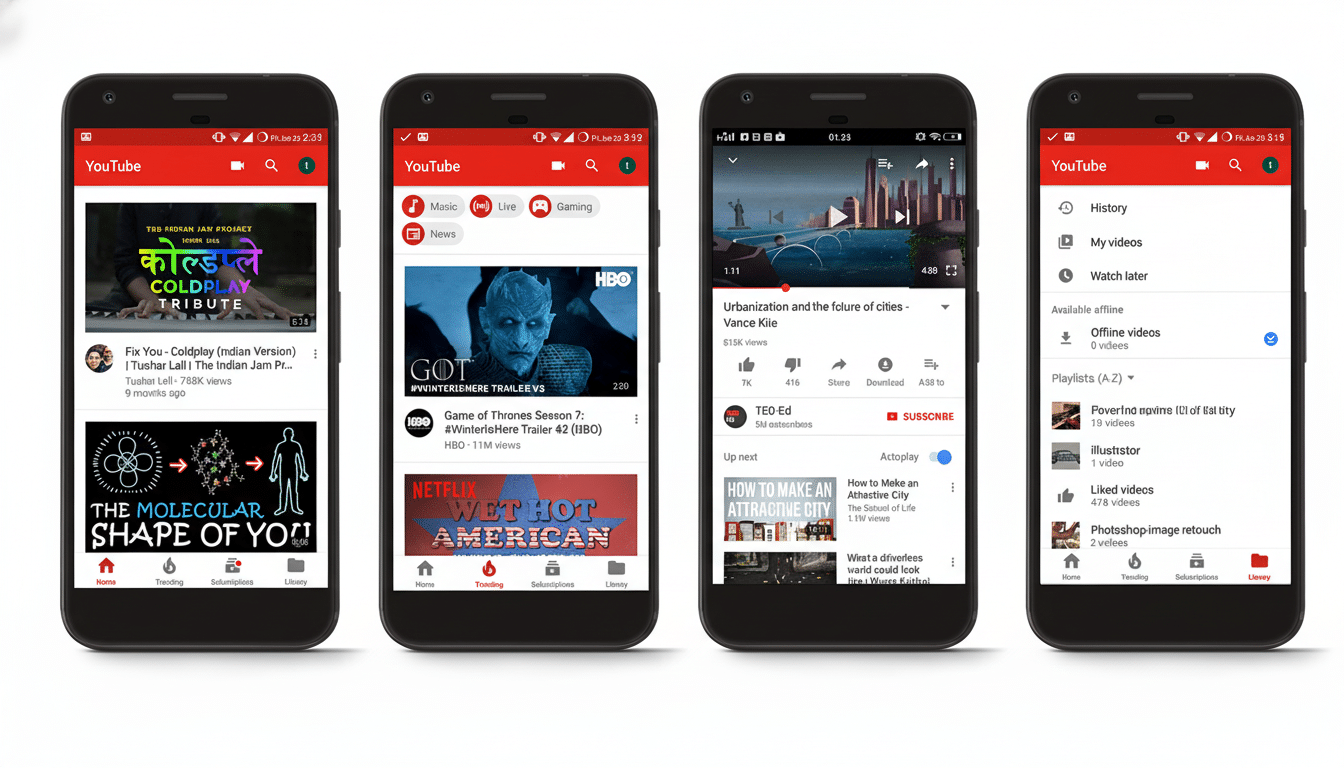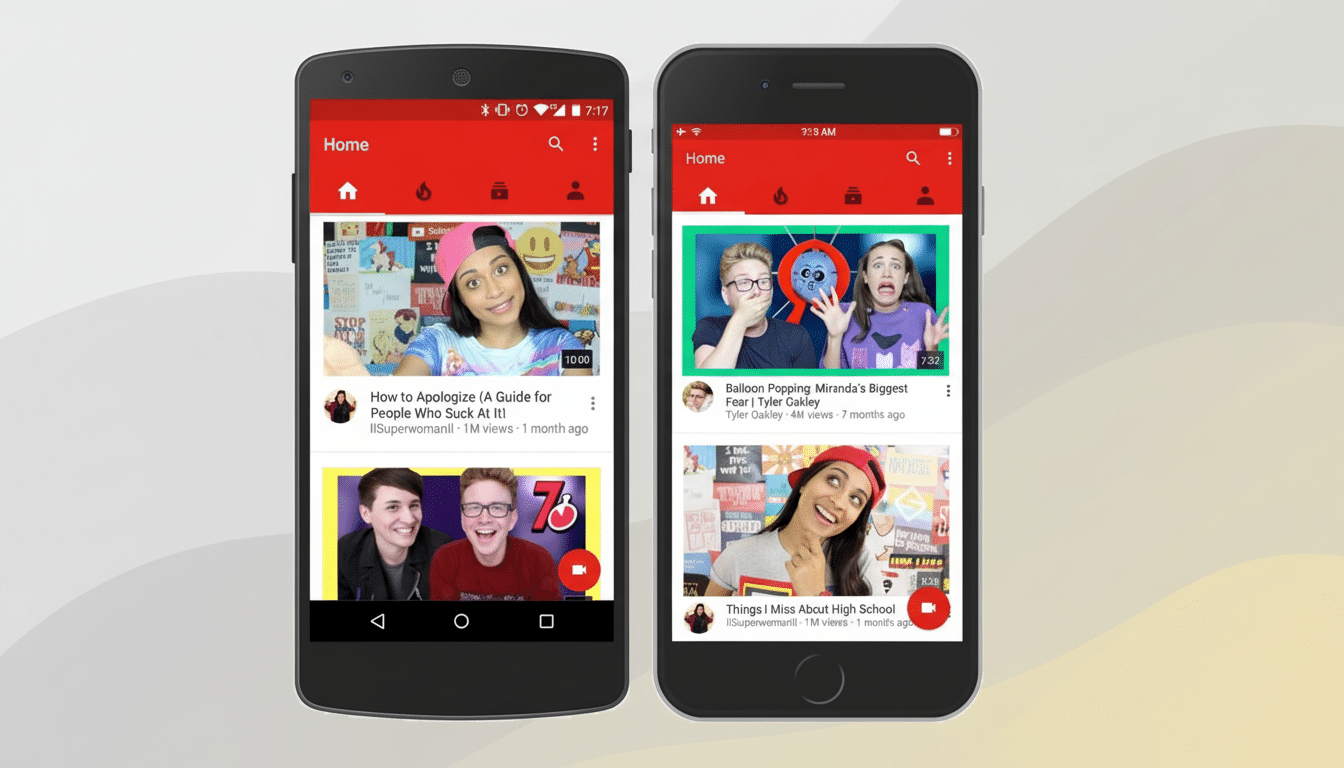YouTube is testing a built-in way to share videos and chat with friends directly in its mobile app, which could make it easier to watch and discuss your favorite clips without leaving the app or sharing links. The experiment is limited to select users in Poland and Ireland and brings lightweight Direct Message video sharing to long-form videos, Shorts, and live streams.
How YouTube’s New In-App Video Sharing Works
Test participants see a new option upon tapping the notification bell. From there, they can create an invite link to slide a friend into a private conversation thread. Once the invitation is accepted, videos can be shared using the regular Share button under the player, just as it does for manually typed in emails.

The feature operates and looks a lot like a slimmed-down DM: threads display shared videos alongside messages, and members can unsend or delete items by long-pressing on the conversation. You need to be signed in to a YouTube channel and at least 18 years old to use it, reflecting a slowish rollout of sorts that falls in line with common safety norms observed on such platforms.
Why This YouTube In-App Sharing Test Matters Now
YouTube’s share flow normally directs people into third-party apps like Messages, WhatsApp, or Telegram. Keeping the transaction on YouTube cuts friction and can boost session time, a metric that the platform closely watches. Internal sharing is a way of increasing the odds that when it does get shared, instead of getting lost in a crowded chat app or someone’s personal inbox, a recipient immediately taps to play.
It’s not YouTube’s first effort at in-app messaging. An earlier “Messages” feature was introduced years ago and then abandoned. The new approach is more reductive and utilitarian: no separate social feed to browse — just a dedicated channel for trading videos and comments. It’s similar to how competitors handle content-forward DMs — TikTok and Instagram Reels rely on private shares to spark subsequent viewing and recommendations.
The stakes are significant. YouTube has more than 2 billion logged-in monthly users, and Shorts has been seeing tens of billions of daily views globally. It’s not that we will do inane things like prioritize videos shared on weekends, but even small increases in share-driven replays may impact watch time, retention curves (how long people continue to watch), and the machine learning signals that drive YouTube’s recommendation system.
Privacy and Safety Considerations for In-App Sharing
By restricting access to adults and gating conversations behind invite links, it seems the company is working intentionally to tamp down on spam while keeping younger users safe. The ability to unsend or delete messages is a welcome control for those who misfire a link, or rethink a comment.

YouTube has not specified if conversations are end-to-end encrypted, how large a sharing group can be, or what reporting tools will exist within the interface. The test is taking place within the European Union, and with Ireland often acting as a regulatory clearinghouse for tech companies, it also presumably allows YouTube to stress-test compliance and moderation workflows before anything larger-scale.
What It Means for Creators and Discovery
For creators, native shares can boost content significantly without the need to rely on third-party apps where tracking is less clear. And if YouTube eventually reveals such metrics in Analytics, it could provide channels with a more explicit sense of how private circulation impacts views and average view duration — for example, click-through from in-app conversations.
Anticipate Shorts and live streams to be the scenario where the feature is strongest. Shorts can perform well on- and off-platform, receiving rapid-fire sharing in social environments, while live streams can benefit from real-time invites that spike concurrency. The appeal for viewers is straightforward: trade a clip, offer up a quick thought, and continue watching — without having to jump from app to app.
Where It’s Available and What Happens Next
The experiment is currently being tested in Poland and Ireland, with no established date for further rollout. Like all Google pilots, features could change or be abandoned in response to engagement, safety results, and user feedback.
If more widespread testing is in the cards, watch for clearer onboarding signals near that notification bell, more granular tools for muting or blocking conversations — and maybe a way for creators to share directly with ordinary fans who check a box to say they’re interested. Until then, the test provides an interesting little look at how YouTube is trying to make sharing feel a bit more like second nature in its app.

